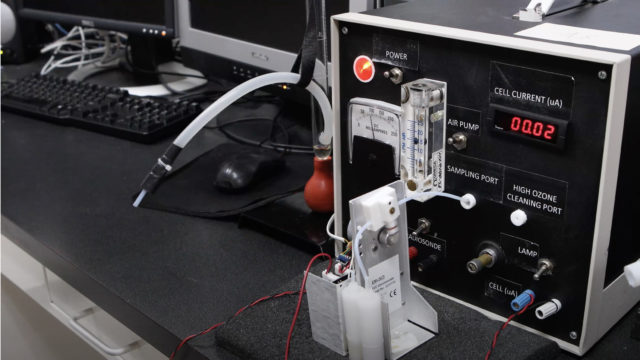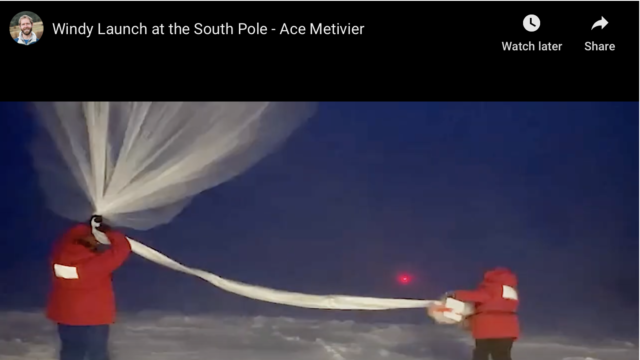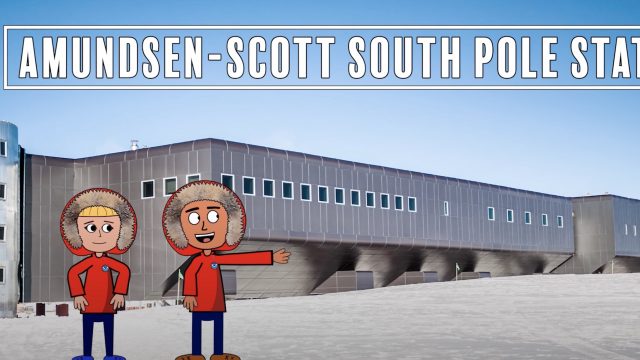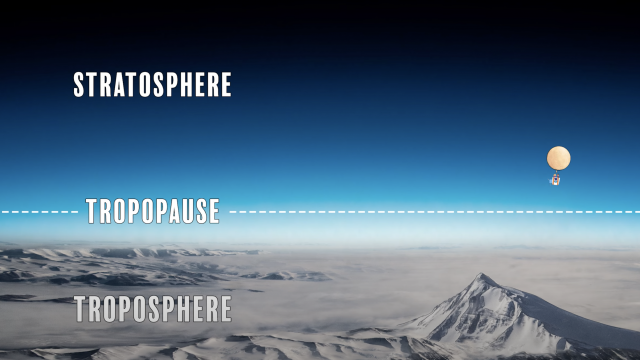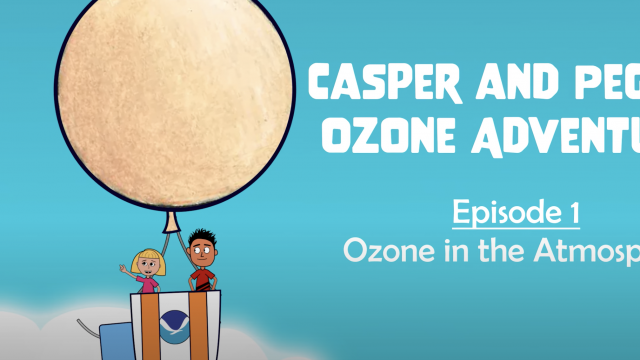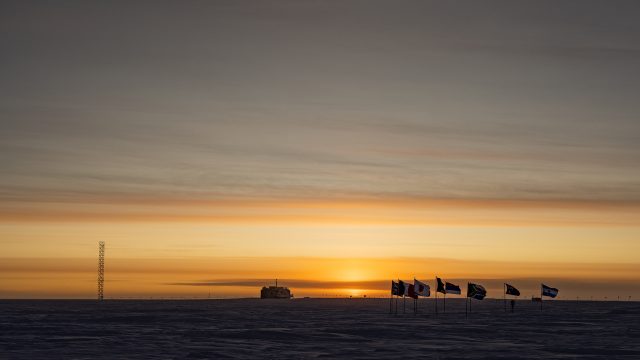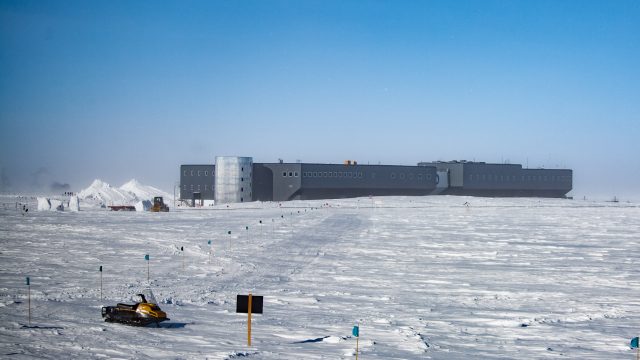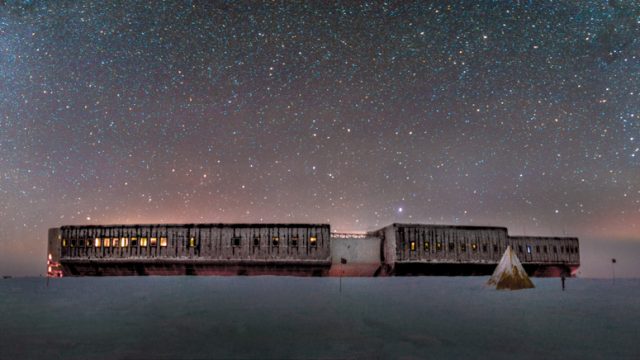By Patrick Cullis, CIRES and NOAA scientist At the ozonesonde lab in Boulder, Colorado, part of NOAA’s Global Monitoring Laboratory, scientists prepare and launch ozonesondes to over 100,000 feet to directly measure Earth’s protective ozone layer. The researchers also ship supplies from the Boulder lab to NOAA’s Baseline Observatory at the South Pole, so technicians… Read More
By Patrick Cullis, CIRES and NOAA scientist NOAA techs Bailey Nordin and Will Skorski have spent the past year living and working at the South Pole. One of their regular tasks is to release high-altitude balloons carrying instruments that measure ozone levels in Earth’s protective ozone layer high above Antarctica. The typical rubber meteorological balloons… Read More
By Patrick Cullis, CIRES and NOAA scientist Every year in September, as the Sun returns to the sky above the South Pole after six months of darkness, a chemical reaction happens high in our atmosphere as human activity combines with natural phenomena to destroy part of our protective ozone layer. In the last episode of… Read More
By Patrick Cullis, CIRES and NOAA scientist In Part 3 of this animated series, Casper and Peggy head to the very bottom of the Earth to visit the Amundsen-Scott South Pole Station, where NOAA scientists take critical measurements of our atmosphere far from the effects of human activity. Join them as they explore this incredible… Read More
By Patrick Cullis, CIRES and NOAA scientist Continue the ozone adventure with Casper and Peggy in this animated series exploring our atmosphere and the important role ozone plays in protecting all life on Earth. Part 2 covers the ozone layer and how it protects life on our planet from the Sun’s harmful effects! Video by… Read More
By Patrick Cullis, CIRES and NOAA scientist As we track this year’s formation of the annual ozone hole above Antarctica, join Casper and Peggy in this four-part animated series as they explore our atmosphere and learn about the important role ozone plays in protecting all life on Earth. Part 1 covers ozone in the atmosphere… Read More
By Patrick Cullis, CIRES and NOAA scientist After six straight months of darkness, the Sun has finally returned to the sky above the Amundsen-Scott South Pole Station. NOAA scientists working at the station and collecting air samples at the Atmospheric Research Observatory (ARO) experience only one sunrise and one sunset per year due to the unique… Read More
As the frigid “Polar Vortex” remains surprisingly stable and centered over Antarctica, NOAA researchers stationed at the Amundsen-Scott South Pole Station continue monitoring the “Ozone Hole” situated overhead. Continued vortex stability means that fresh air from the mid-latitudes has yet to break through this atmospheric barrier and fill in the annual depletion event. Balloons launched… Read More
By Patrick Cullis, CIRES and NOAA scientist Every year, before the Antarctic Ozone Hole begins to form early in the austral spring, preparation is ongoing for a new crew getting ready to spend a year living and working at the South Pole Station. The crew needs to arrive at the South Pole ready to carry on… Read More
The Amundsen-Scott South Pole Station is a research station located at the geographic South Pole in Antarctica and operated by the National Science Foundation under the United States Antarctic Program (USAP). Beginning with construction in late 1956, the site has been continuously occupied throughout several upgrades and new construction. The original station, now referred to… Read More
